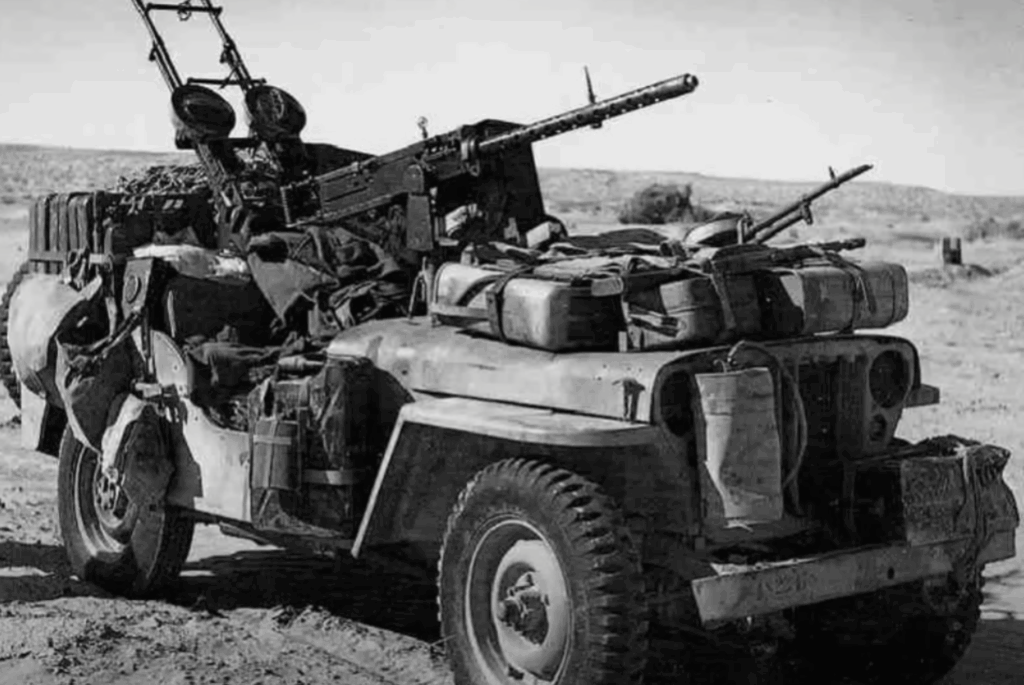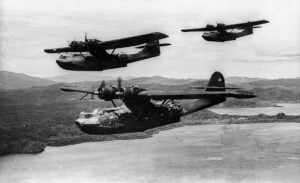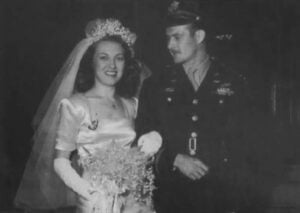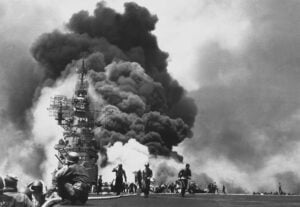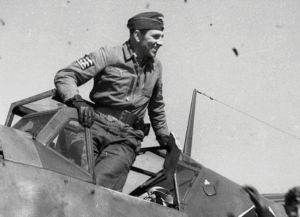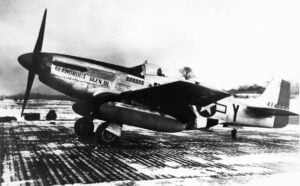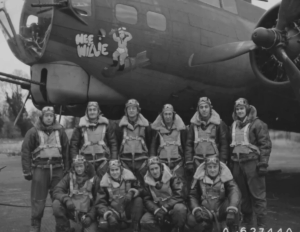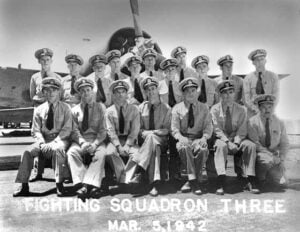German Officers Declared “The War Is Over” After Seeing What Americans Did With Their Jeeps in Normandy
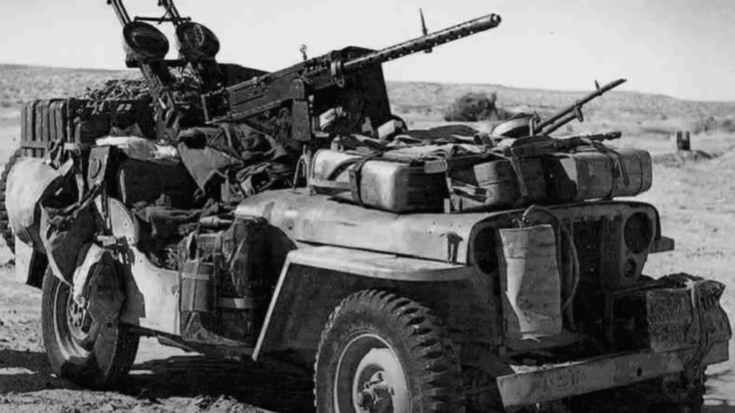
War Tales Uncharted / YouTube
An Unexpected Invasion Sight
On June 7, 1944, near Smeelles in Normandy, Oberleutnant Klaus Müller of the German 709th Infantry Division watched in disbelief. In just two hours, he counted 117 identical reconnaissance vehicles driving inland from Utah Beach. He had expected invasion, but what he saw was something more than that. These “jeeps” had rolled ashore in numbers so large that they seemed to challenge every assumption the Wehrmacht held about logistics and supply.
These vehicles arrived with the first waves of the landing. They drove off landing ship tanks that had crossed the English Channel. Each LST could carry up to 30 fully assembled jeeps. The models bore logos of Willis Overland in Toledo or Ford in Dearborn. Their official label read “Truck, ¼-ton, 4×4, command reconnaissance.” To Müller and other German eyes, though, they meant more than gear—they meant a force backed by industry, not just a fighting army.
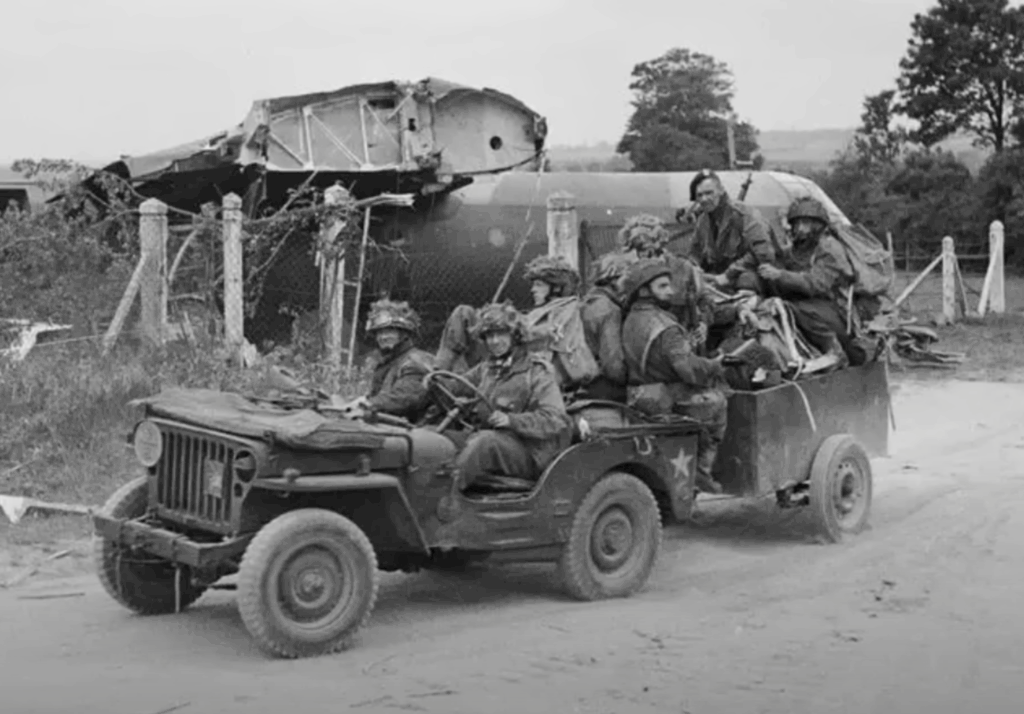
German Reactions and Recorded Shock
Vera Lindermann, commander of the third company of the 919th Grenadier Regiment, later wrote in a report dated June 9, 1944:
“The enemy possesses vehicles in quantities we reserved for ammunition rounds. Every American unit down to the squad level appears to have motorized transport. We destroyed 12 of their reconnaissance cars yesterday. This morning I count 40 in the same sector. They treat complex military vehicles the way we treat rifle cartridges …”
That statement captured the depth of German astonishment. Where German doctrine prized repair and careful use, Americans treated vehicles as replaceable.
Between 1941 and 1945, U.S. factories built over 640,000 jeeps. At peak output, Willis and Ford turned out one vehicle every 90 seconds on their assembly lines. That single type accounted for a quarter of America’s military motor transport output. Germany, which produced far fewer equivalent vehicles, simply could not imagine that scale.
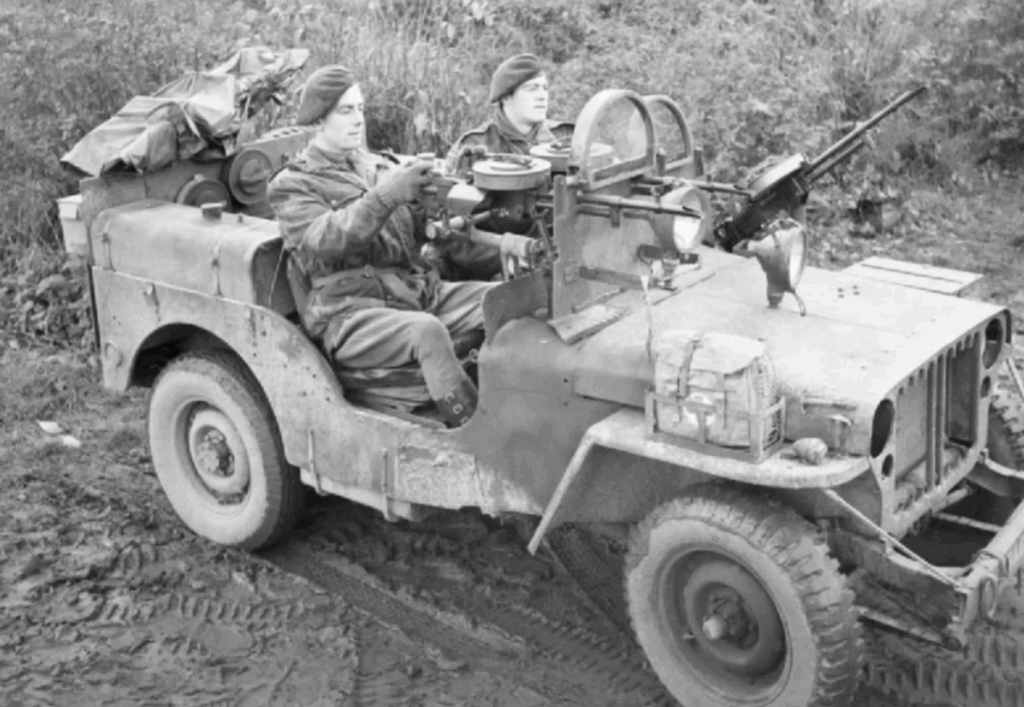
Interchangeability and Rapid Replacement
What made this system possible was standardization. Every jeep—whether built by Willis or Ford—used interchangeable parts. A gearbox from a damaged jeep could be swapped into another in minutes. Engines, axles, wheels, and even spark plugs matched across models. Parts were prepositioned based on expected wear, so replacements were available as needed.
Feldwebel Hans Rika of the 716th Infantry Division observed operations near Carentan:
“I watched a damaged vehicle restored to operation in less than an hour. The engine was not repaired, but replaced entirely … Our mechanics would require a week to perform such an operation. The Americans did it in a field under sporadic artillery fire while smoking cigarettes.”
German officers, trained to preserve every asset, struggled to accept this reality.
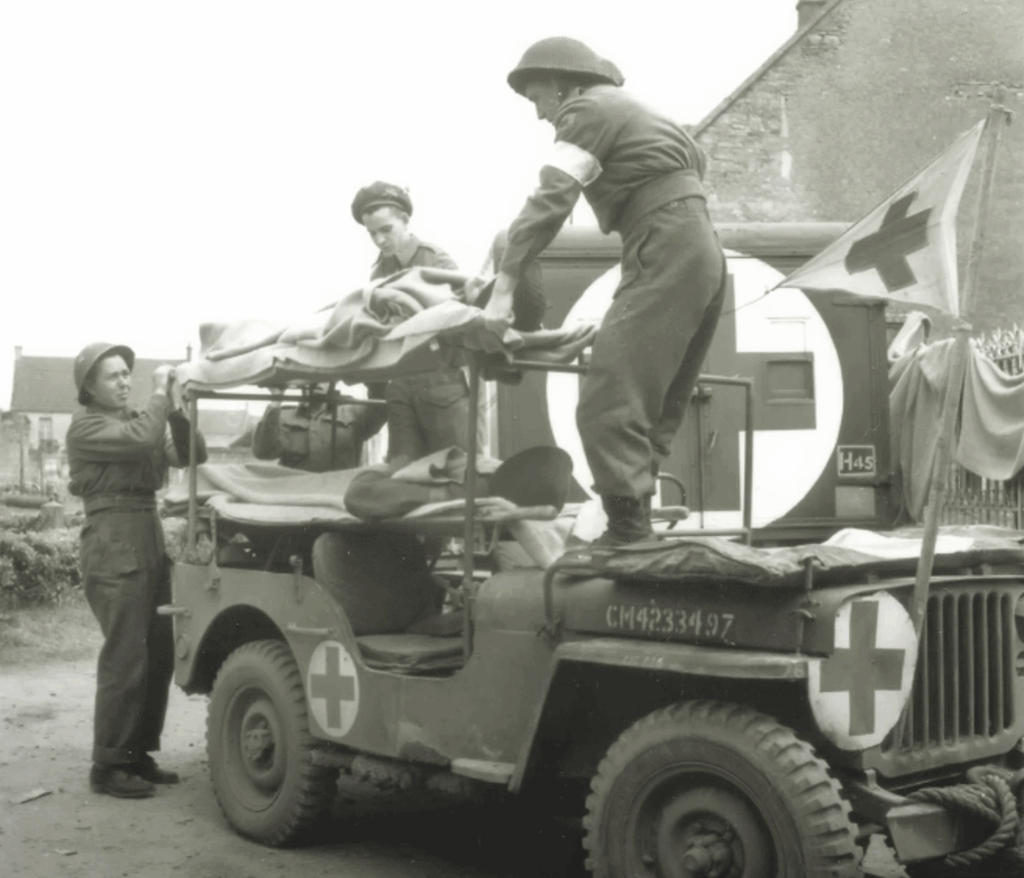
Clash of Military Culture
In German units, losing a vehicle through neglect could bring severe consequences. Mechanics were specialists. Each truck was maintained carefully. But U.S. doctrine was different: plan for a 90-day combat life for a jeep, then replace it. When a vehicle broke down, it was stripped for parts and abandoned; a fresh replacement would arrive within hours.
Lieutenant Colonel Otto von Schroeder of the 352nd Infantry Division wrote in a letter:
“The Americans fight a rich man’s war. They expend vehicles the way we expend ammunition. Yesterday, I observed a jeep strike a mine. The crew emerged unhurt, transferred their equipment to another vehicle that appeared within minutes, and continued their mission.”
He noted that the destroyed jeep was abandoned with no investigation—something unthinkable in the German army.
By June 10, over 12,000 vehicles had landed in Normandy. Jeeps were the largest single category. Their impact was immediate: reconnaissance penetrated lines, artillery observers relocated rapidly, and supply units moved with no pause. Terrain thought impassable to vehicles became just another route.
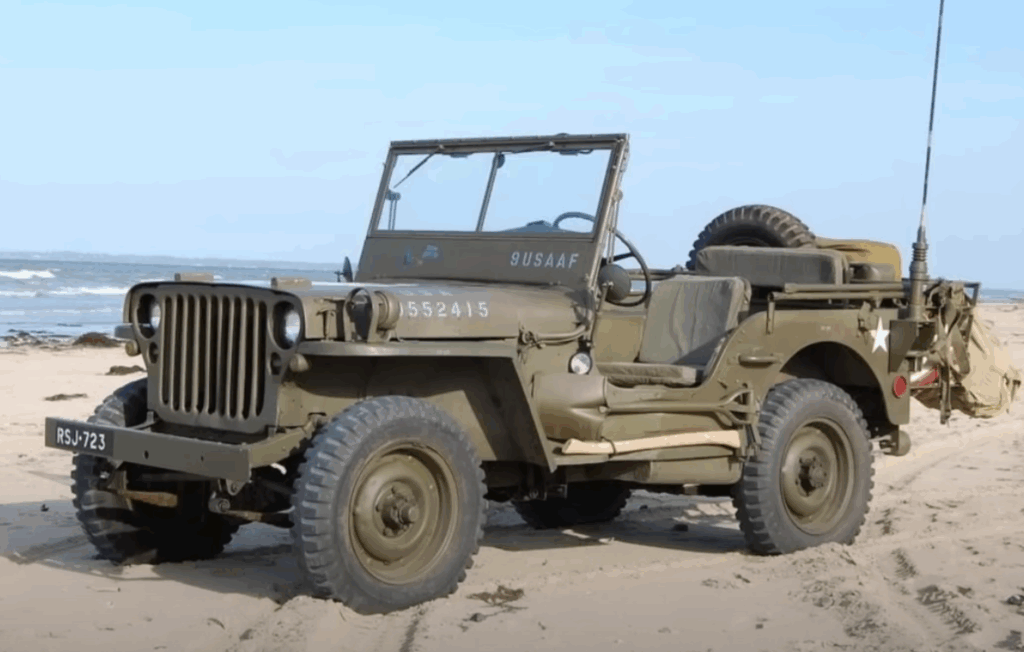
Obstrittführer Hans Fonluk of the 21st Panzer Division wrote after the war:
“The jeep gave every American unit the mobility we had achieved only with our elite mechanized forces. … We could not establish a continuous front because the Americans simply drove around our positions.”
German doctrine and organization had prized perfection, discipline, and repair. The Americans used simplicity, mass production, and redundancy. Germany had trained artisans; the United States operated with assembly lines. The jeep was more than a vehicle—it embodied an approach to war that German officers now recognized might already decide victory.
